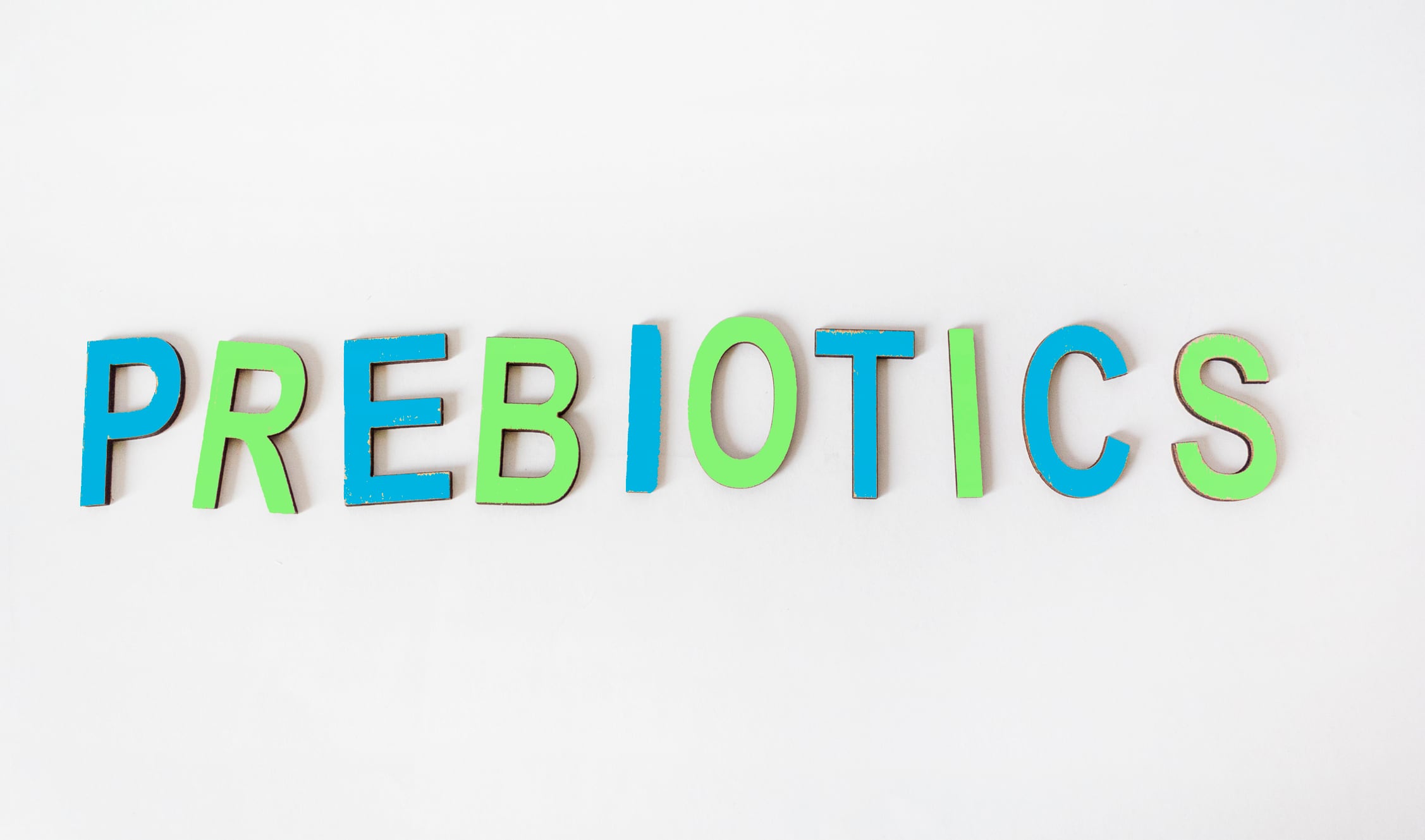George Paraskevakos, IPA’s executive director, spoke with NutraIngredients at the recent 10th anniversary Probiota Americas in Vancouver. Reflecting on the past decade, Paraskevakos said: “The industry has definitely evolved. Ten years ago, generic probiotic formulation strains cut it, [but] today [those are] a non-starter. If you don’t have science, you don’t have clinical research, you don’t have scientific justification, it doesn’t even get you off the ground as a company.”
Paraskevakos also considered the regulatory challenges of the past 10 years not just in Europe, but other jurisdictions around the world.
“If we’re not meeting with the government or flying somewhere to try to educate them on the space, it’s a Zoom meeting. It’s always something,” he said.
IPA has focused on elevating the conversation around quality standards and manufacturing best practices, he said, resulting in companies having to be “really integrous in these areas if they want to be part of the space today.”
Prebiotics and Postbiotics
The inaugural edition of Probiota Americas in 2015 in San Diego was predominately about probiotics, but as the category has expanded so have the content sessions, with the 2025 edition featuring sessions dedicated to prebiotics, as well as significant conversations around postbiotics.
IPA announced an expansion of its scope in 2023 to include those categories, and this has been followed by notable publications and position statements over the past couple of years. Notably, IPA adopted to the ISAPP definition of prebiotics, in a move that the association described as signifying “IPA’s commitment to advancing scientific clarity, regulatory alignment and commercial harmonization across the prebiotic field.”
On postbiotics, a recent IPA-led paper in Trends in Food Science & Technology* by Dr. Simone Guglielmetti et al. outlined a decision tree to classify postbiotics into four distinct subcategories, “effectively translating decades of divergent academic research into practical, technical, and commercial terms,” according to the manuscript.
“By drawing on established scientific knowledge from the probiotic field and identifying key technical gaps, it advocates for harmonized criteria and nomenclature,” stated the authors. “This harmonization is crucial to improve communication among stakeholders and support consistent product development. As interest in postbiotics expands across industries, establishing a robust commercial and regulatory framework is essential to foster innovation, guide scientific discourse, and protect consumers in this emerging category.”
Paraskevakos noted that the postbiotic paper took two years of work, with considerable back and forth comments, “because we need to make sure for the membership and the industry, there’s consensus.”
The association is working on additional papers focused on prebiotics, he noted, after the publication of a paper in Beneficial Microbes earlier this year that explored the history, health and physiological benefits, and regulatory challenges of the ingredients.
“We’ve got another manuscript on the go for manufacturing, commercial manufacturing and technical considerations in prebiotics, and also a regulatory manuscript specifically looking at, I think it’s four regions, 14 countries, or 12 countries right now in the prebiotic space to see what regulations exist,” he said.
Watch the video for the full interview.
* Source: Trends in Food Science & Technology, Volume 163, 105130, doi: 10.1016/j.tifs.2025.105130, “Commercial and regulatory frameworks for postbiotics: an industry-oriented scientific perspective for non-viable microbial ingredients conferring beneficial physiological effects”, Authors: S. Guglielmetti, et al.



